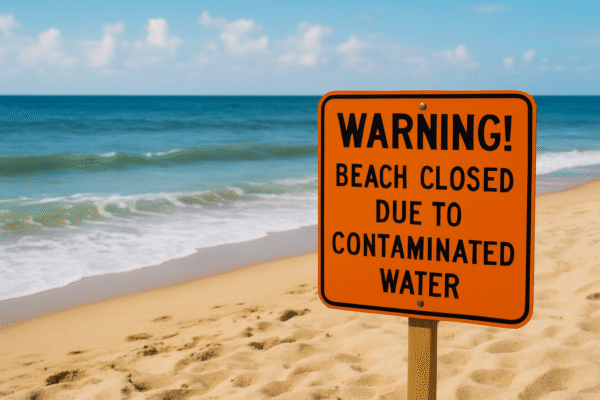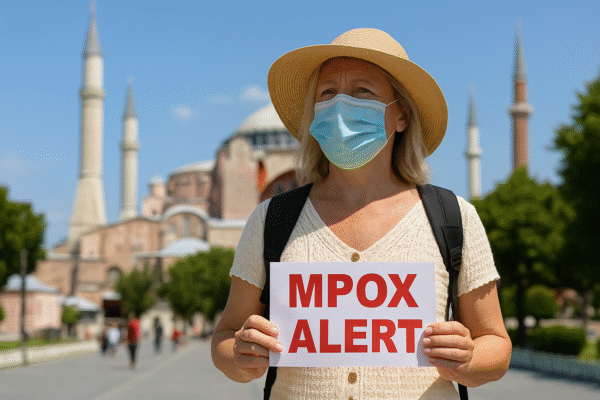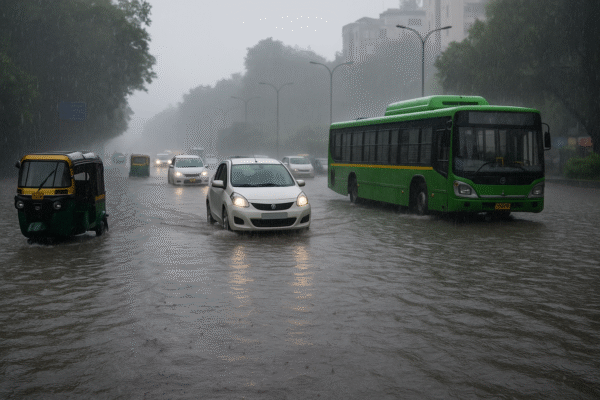On August 29, 2025, heavy monsoon rains battered Delhi and its surrounding region, the National Capital Region (NCR), triggering widespread urban distress. Tourists found themselves stranded at submerged heritage sites and trapped in snarled traffic, while air travelers faced prolonged delays. The deluge laid bare the fragility of Delhi’s urban planning in the face of climatic extremes.
Weather Alerts & Forecast
The India Meteorological Department (IMD) issued escalating warnings: a red alert for Noida and Ghaziabad, and orange for various parts of Delhi such as Southeast, Central, and Shahdara—signifying severe to extremely heavy rainfall.
Temperatures dipped between 27 °C–33 °C with over 85% chance of rain, offering temporary relief from summer heat. Forecasters warned of continued active monsoon conditions with possible downpours extending into early September.
Impact on Tourism & Transport
- Flooded Routes & Traffic Gridlock
Key arteries such as the DND Flyway, Mathura Road, Vikas Marg, along with underpasses like Sarita Vihar and streets including Sangam Vihar and Khanpur, were submerged under three to four feet of water.
As a result, commute times ballooned and road access to palace tours, museums, and other attractions became perilous for tourists. - Metro & Bus Delays
Public transport systems were severely disrupted. On Delhi Metro’s Yellow Line, train services between Vishwavidyalaya and Central Secretariat stations were delayed, stranding both locals and visitors. - Air Travel Disruption
At Indira Gandhi International Airport, adverse conditions caused delays for over 170 flights, averaging roughly 17 minutes late.
IndiGo issued advisories urging travelers to plan ahead due to expected slowdowns.
Tourism Sector Fallout
Heritage hotspots such as India Gate, Qutub Minar, and Red Fort faced accessibility hurdles as nearby roads flooded and even public buses or taxis could not reach them. Tourist itineraries were scrapped or truncated—particularly affecting foreign visitors with fixed schedules.
Infrastructure Under Strain
The crisis highlighted long‑standing deficiencies in urban drainage, with frequent promises of improvement failing to match reality . A similarly severe deluge in mid‑August had already exposed inadequate civic preparedness, undermining official assurances.
Steps Taken & Political Reaction
Delhi Traffic Police dispatched teams to manage congestion, while civic agencies deployed pumps and relief personnel to clear waterlogged zones.
Meanwhile, political voices exchanged blame—some pointing to ineffective drain-cleaning by civic bodies, others defending recent desilting efforts.
Broader Regional Context
Beyond Delhi, North India saw widespread rainfall disruptions. The IMD had forecast heavy showers across Jammu & Kashmir, Himachal Pradesh, and Rajasthan.
In Punjab, unprecedented floods displaced over 1.4 million people and submerged more than a thousand villages—signaling a growing monsoon burden on regional resilience.
Reflections & Call to Resilience
The August 29 downpour was more than a monsoon episode—it was a vivid reminder of how climate change is intensifying urban vulnerabilities. For tourism to thrive, especially during seasonal swings, infrastructure must be upgraded to be climate-resilient. That includes:
- Modern drainage systems adaptable to sudden deluges
- Better planning for public transport resilience in weather extremes
- Agile aviation protocols to mitigate tourist discomfort
- Tourism contingency strategies—like adjusted schedules and rapid updates—during weather crises
Conclusion
The floods of August 29, 2025, delivered a harsh wake-up call: Delhi-NCR’s tourism and transport systems are not prepared for the monsoon’s growing wrath. If unchecked, such episodes threaten not only convenience but also long-term visitor confidence. Building a robust, responsive, and climate-smart city is no longer optional—it’s an urgent necessity.
For more travel news like this, keep reading Global Travel Wire















